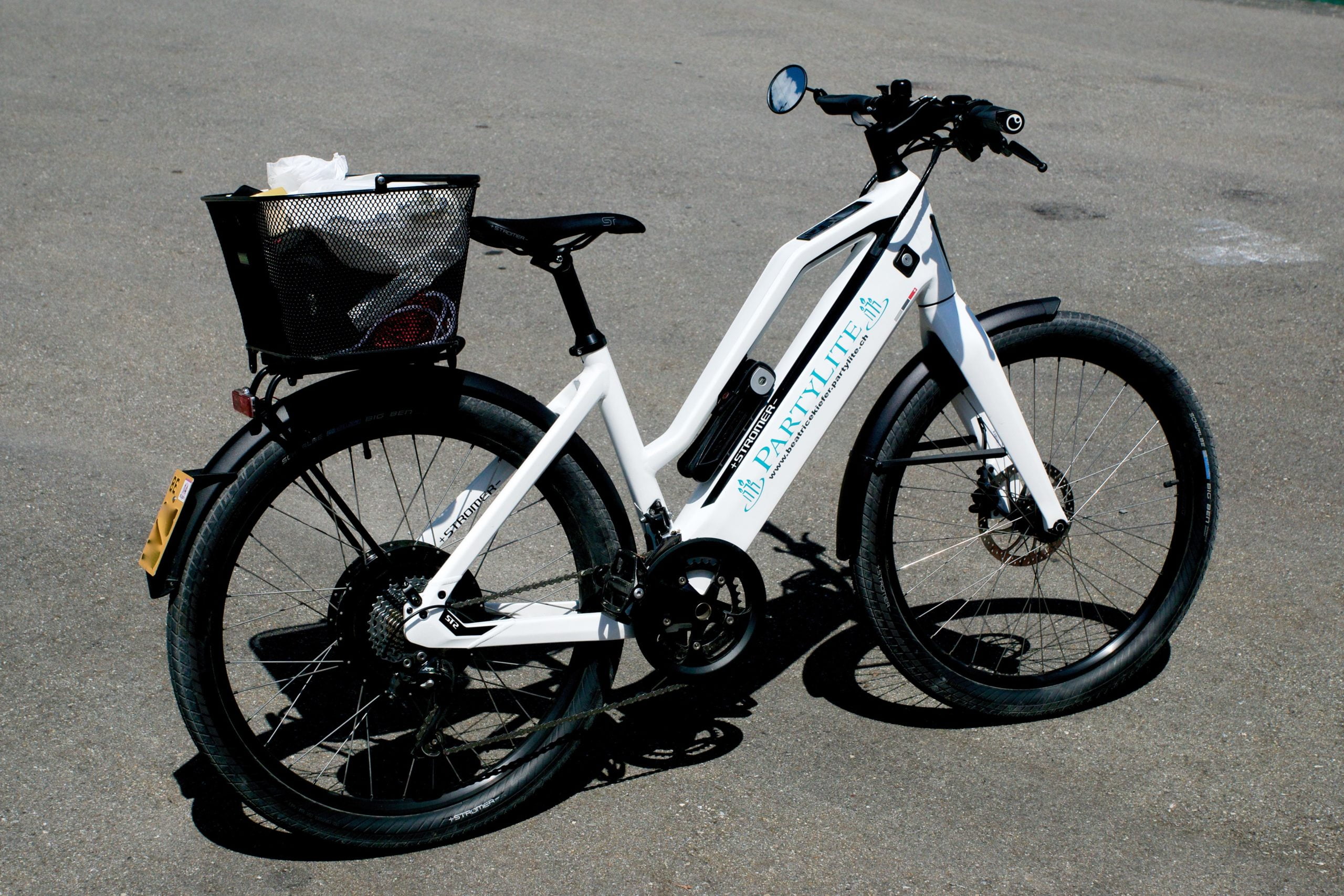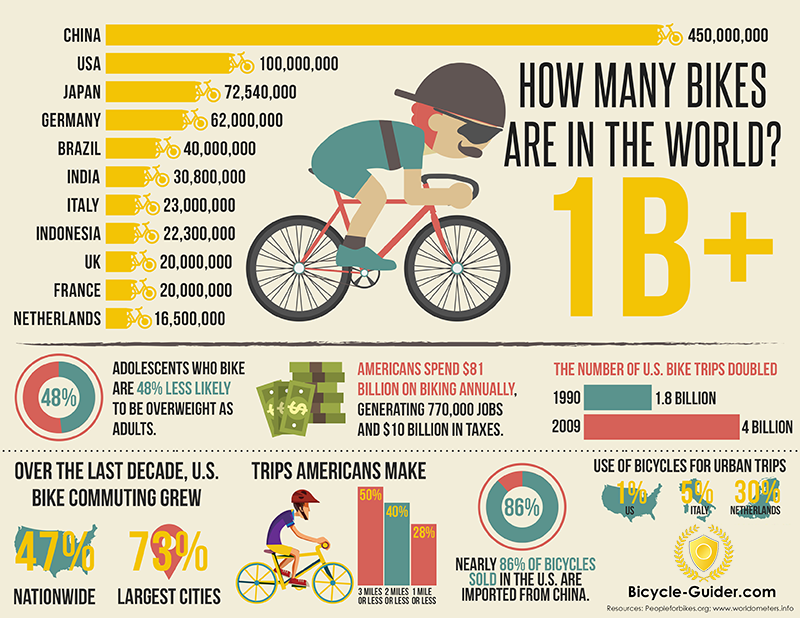Understanding the good, the bad, and the reality of lithium-battery-centric bikes, one of the sustainable vehicles dilemmas
It’s no secret that e-bike popularity is expanding. There are over a billion bikes world-wide, 40 million of which will be e-bikes by the year 2023.
The exacerbated demand can be attributed to lockdown-era transportation alternatives, a rise in eco-friendly products, and a piqued interest in healthier, cleaner lifestyles. In 2020, many European e-bike companies saw double- and triple-digit growth.
Even prior to the pandemic, e-bikes saw increasing demand; in the first half of 2019, nearly one million e-bikes were sold in Germany alone. In the Netherlands, e-bike sales have surpassed regular bike sales. Despite the recent rise in e-biking, it’s quite surprising to learn it’s not new.
The first e-bikes were invented in the 1880s and 90s (no, not a typo) in both France and the United States. Their evolution and innovative nature have grown in tandem with consumer demand for cleaner, healthier, more eco-friendly transportation. It’s undeniable that a healthy and clean alternative ride on daily commutes is beneficial for both individuals and the environment.
That being said, how much cleaner is an e-bike? After all, they are powered by a rechargeable lithium battery.
Lithium Means Loss
The word “lithium” may ring a bell in the “bad for the environment” category in your head. This is because lithium’s constitution requires components that are generally harmful to extract from earth.
They come with a higher price tag, and a moral consequence. Keep in mind that lithium mining is done differently in different parts of the globe. South America is home to the “Lithium Triangle”, where most of the world’s Lithium is concentrated (and subsequently mined). Pipelines and disruptions to indigenous land, life, and environment are indisputable side-effects.
The local populations claim they are being left out of the “White Gold Rush”, as tech gurus gather more riches at their expense. There were local protests, including handwritten signs stating “We don’t eat batteries.” In short, lithium mining negatively impacts the environment in three ways: land, carbon emissions, and water.
Cornish Lithium’s Senior Geologist, Lucy Crane sheds light on a vital part of the debate, “All the clean technologies that we need to combat climate change – whether that’s wind turbines, solar panels or batteries, they’re all really, really mineral intensive.”
Questionably sourced batteries being used to power so-called eco-friendly bikes. Where does that leave the consumer? It also begs the question, how much does one need to ride the bike to make up for the mined lithium? What about the consequences of recharging the battery using power that came from another eco-damaging source?
Optimize Your e-bike Usage:
Before answering these questions, it is important to recall e-bikes themselves. They have been called “the great equalizer”, and provide all kinds of people with the joys and conveniences of traditional biking. In our age of consumerism, there are plenty of options and ways to make a positively impactful decision. If you are thinking about purchasing an e-bike, first ask yourself the following questions.
- Where do I live? Does my urban landscape or rural commute allow for a lengthy bike journey?
- What about the climate? Is it too hot or too cold for much of the year to bike outside year-round?
- Why am I drawn to the idea of an e-bike as opposed to a traditional bike?
A key factor of e-bike success is that physical fitness is not part of the equation. There are two main types of e-bikes: pedal-assist and motorized. Pedal-assistance is a bike which aids in the more rigorous parts of biking (frankly, the more uphill portions that discourage regular biking).
However, to access this assistance, you still must pedal yourself. Motorized e-bikes simply have a throttle to steer and provide movement assistance without the need to pedal. If compared on the same route, the pedal-assist e-bike consumes less battery, hence is greener.
Is it Worth it?
Now that we understand the rise of e-bikes, lithium’s impact, and the different types of e-bikes, we can analyse the decision. To make up for the purely environmental cost of obtaining a e-bike with a lithium battery, you would need to regularly put the bike to use. Furthermore, recharge it with clean energy.
Purchasing one to sit untouched in your garage or on your balcony is clearly the opposite of green. However, an e-bike put to use is greener than any other mode of transportation that is power-reliant, including electric cars. It’s in the hands of the biker.
What Now?

Bay Garden – Singapore
- As you ponder if an e-bike is the right choice for you, consider using this range calculator before making a purchase.
- E-bikes can be on the expensive side, for more moderately priced e-bikes, check out: Bikeberry and Amazon.
- If you’ve thought about incorporating more physical activity in your life, an e-bike is a good step in the right direction. However, a traditional bike would be an even bigger, better, more eco-friendly step.
- A wonderful alternative to purchasing your own e-bike are bike sharing programs in many cities. This way you save money and reduce the environmental impact. Barcelona’s bike-sharing program has reduced annual CO2 emissions by more than nine thousand metric tons! To find bike-sharing programs near you, click here.
- Another fascinating addition to the green movement is the up-and-coming “15 minute cities”, where you can get anywhere in the urban landscape within 15’ using public transportation. Despite its massive size, Paris is keen to become one of them! Explore if you live in a 15’ (or soon-to-be) 15’ city here.
- Regardless of what you choose, albeit a standard bike, a purchased e-bike, or ride sharing, ride carefully and safely.
To aid in our reflection of the various dilemmas posed in this article, let me suggest to think of these three questions:
- Is an e-bike worth the human and environmental cost?
- Is a lithium battery powered bike the best solution for you personally?
- To be honest, will you actually ride it?
Sources
- E Bike – What is an electric bike? – YouTube
- What is an E-Bike? – YouTube
- Indigenous people are left poor as tech world takes lithium from under their feet – Washington Post
- The new ‘gold rush’ for green lithium – BBC Future
- eBikeaholic – eBike Range Calculator
- Electric bicycles projected to outsell cars in Europe sooner than you’d think (electrek.co)
- Should I Buy an Electric Bicycle? Here’s Everything You Need to Know to Get Started! (treehugger.com)
- What Are the Disadvantages of Electric Bikes? – Easy E-biking – helping to make e-biking simple, practical and fun (easyebiking.com)
- All Products | Rad Power Bikes
- The Origins Of The Modern Ebike | Cycle Volta
- 100+ Bike Statistics & Facts of 2021 [E-Bikes Included) (bicycle-guider.com)
- Lithium-Ion Battery Production Is Surging, but at What Cost? | Greentech Media
- The spiralling environmental cost of our lithium battery addiction | WIRED UK
- NITC_RR_1041_North_American_Survey_Electric_Bicycle_Owners.pdf (pdx.edu)
- How ’15-minute cities’ will change the way we socialise – BBC Worklife
- 15 minute city – Wikipedia






Good article!… What you’ve mentioned about “bike sharing programs” is a great idea… Specifically, if we consider that we use any vehicle an insignificant time during the day (BTW… the same happens with cars, motos…). Probably, we are moving to a world where we stop owing our vehicles. Thank you!
Thank you very much for your comment! You may also read our articles about sharing vehicles… https://komoneed.com/sharing-is-caring/ and https://komoneed.com/individual-societal-and-urban-mobility/
Both will probably give you good insights about sharing vehicles.
Thank you! You’re fantastic!
I think it’s a shame that some people just buy e-bikes as a status symbol. The negative effects of the production of lithium batteries are far too rarely taken into account in the purchase decision. Young people in particular should simply include the daily bike ride in the city as a sport in their everyday life ….
Probably, we need to understand what the right balance is… The question would be: What is better, using an e-bike (knowing this lithium battery issue) or continuing with our traditional motorbikes and cars?
I don’t think I would use an e-bike enough to warrant the purchase, especially now that I’m aware of the environmental cost
Thanks for informing me!
Thanks Matthias! Probably it’s a question of balance… some people will need to own this kind of transportation while other will use sharing mobility platforms… Don’t you think?
Not a black & white topic, thank you for critically presenting it. I will just stick to walking and public transport for now – but who knows, maybe in the future I will invest in an e-bike.
Thanks Amanda!… The old quote says: “Learn from yesterday, live for today, hope for tomorrow”… Nobody knows what it’s going to happen in the future… a great “maybe”
Sure, electric bikes are cool and all, but what about the environmental impact? #GoGreen
Hey, I get your concern about the environmental impact. But remember, electric bikes are a step towards reducing emissions and promoting sustainable transportation. Its not a perfect solution, but its a step in the right direction. Lets appreciate the progress were making. #GoElectric
Sure, electric bikes are cool, but are we really ready for the price tag? 🤔
Absolutely! The initial cost of electric bikes may seem steep, but when you factor in the long-term savings on fuel and maintenance, they become much more affordable. Plus, the environmental benefits and convenience make it a worthy investment.
I dont get what the fuss is about electric bikes, theyre just glorified mopeds!
I disagree. Electric bikes are not just glorified mopeds. They offer a different riding experience, promote eco-friendly transportation, and provide a great alternative for commuting. Dont knock it till you try it!
Sure, electric bikes are cool and all, but are they really worth the hefty price tag?
Electric bikes seem cool, but are they really worth the extra cost and hassle?
Article: Electric Bikes Come with a Price
Comment: Who needs a gym membership when you can pedal your way to work AND get fit? #eBikeLife